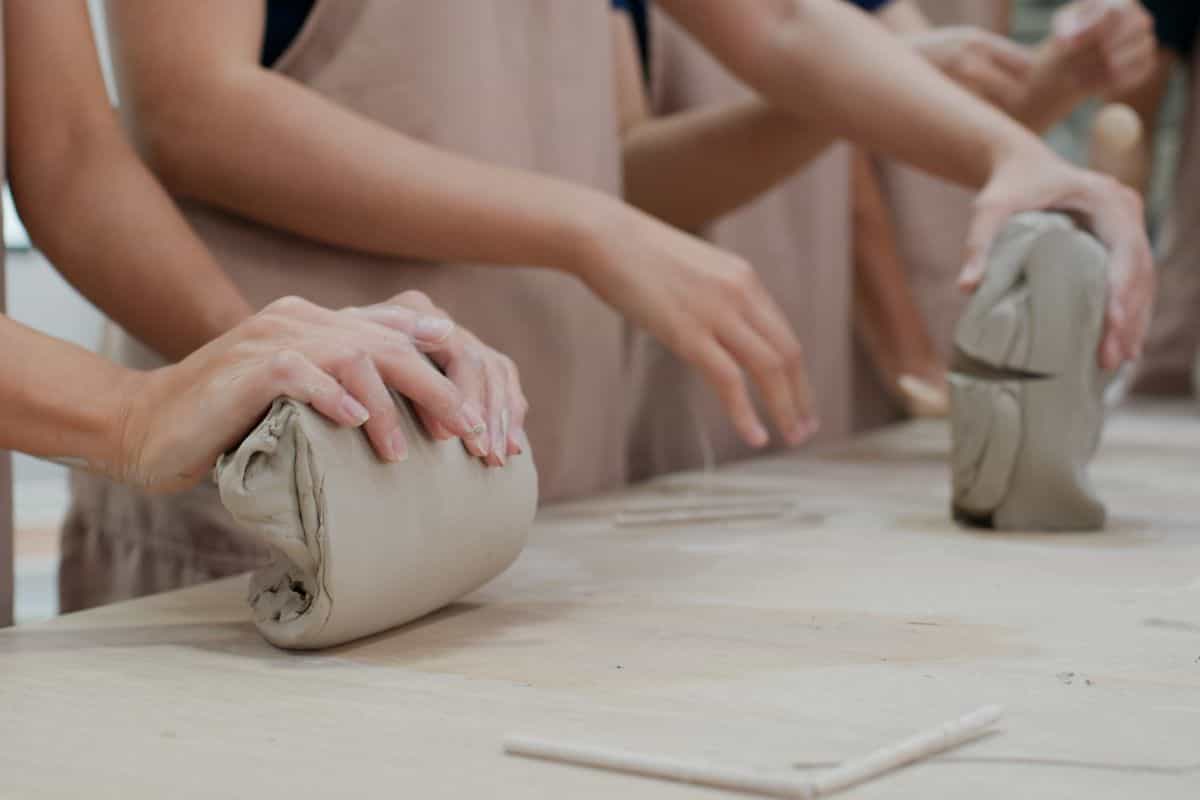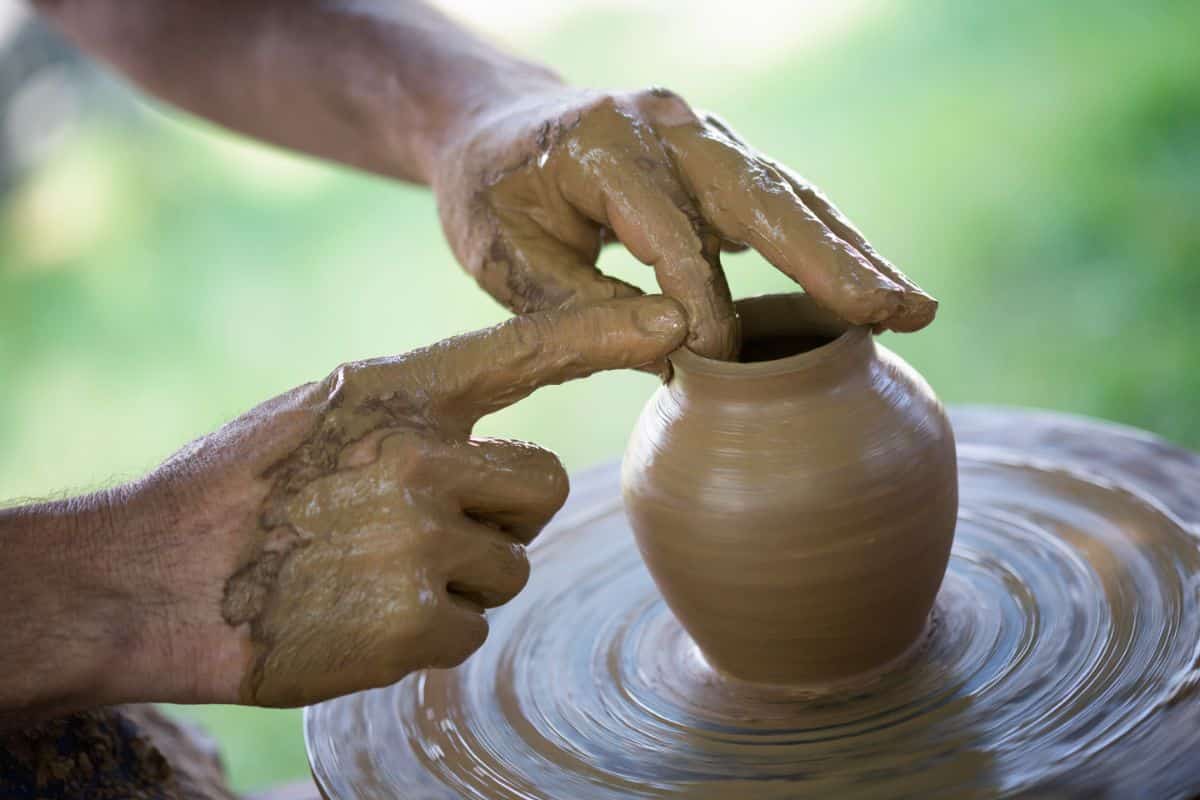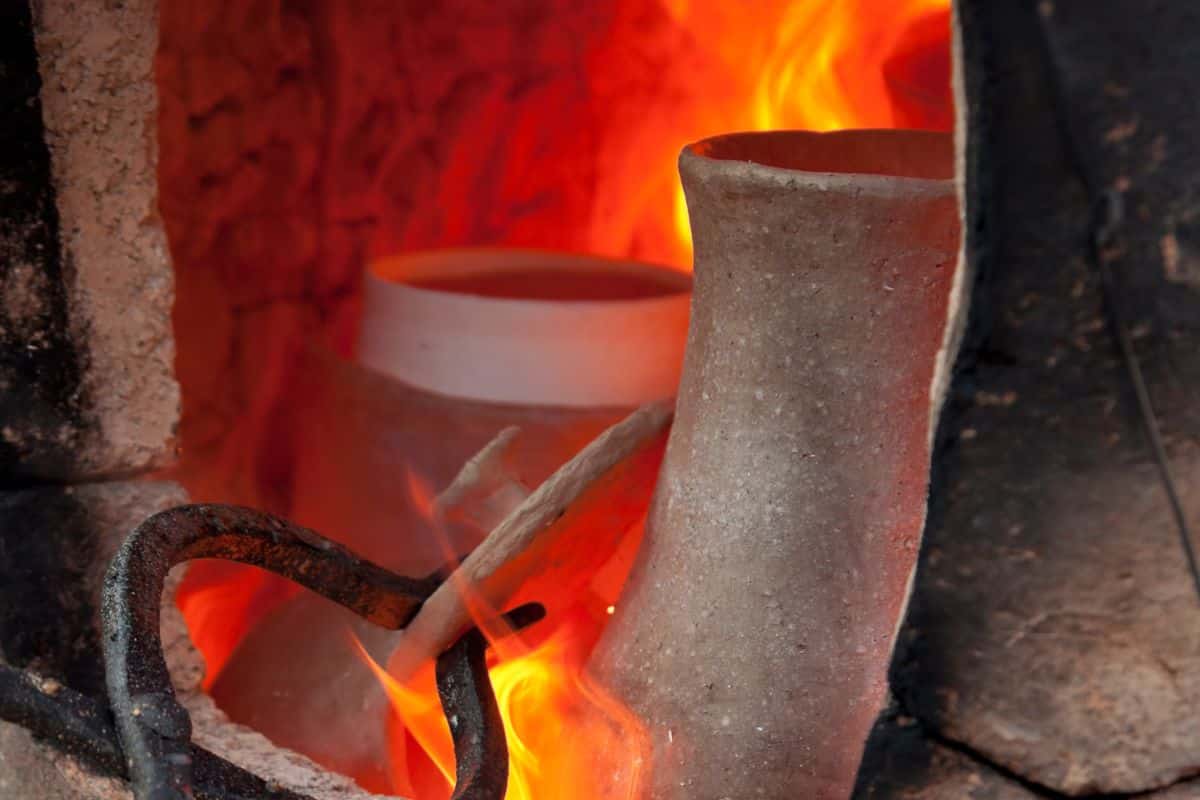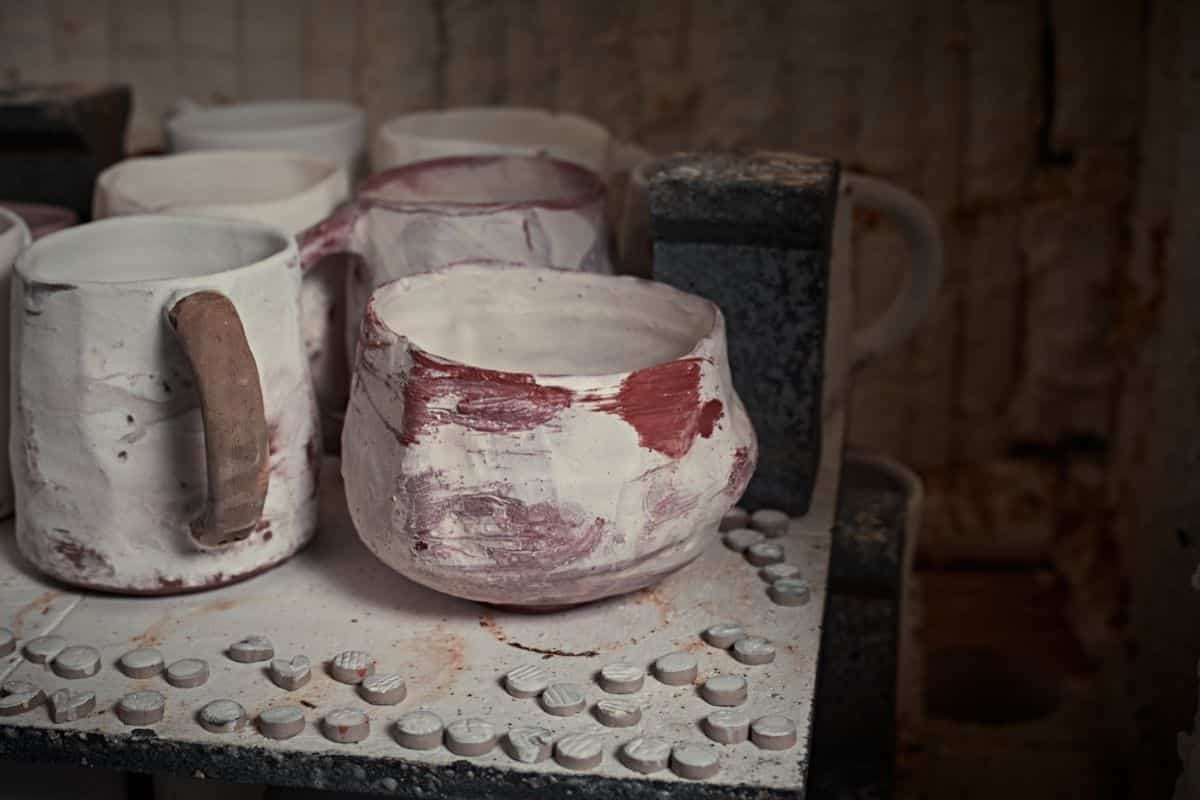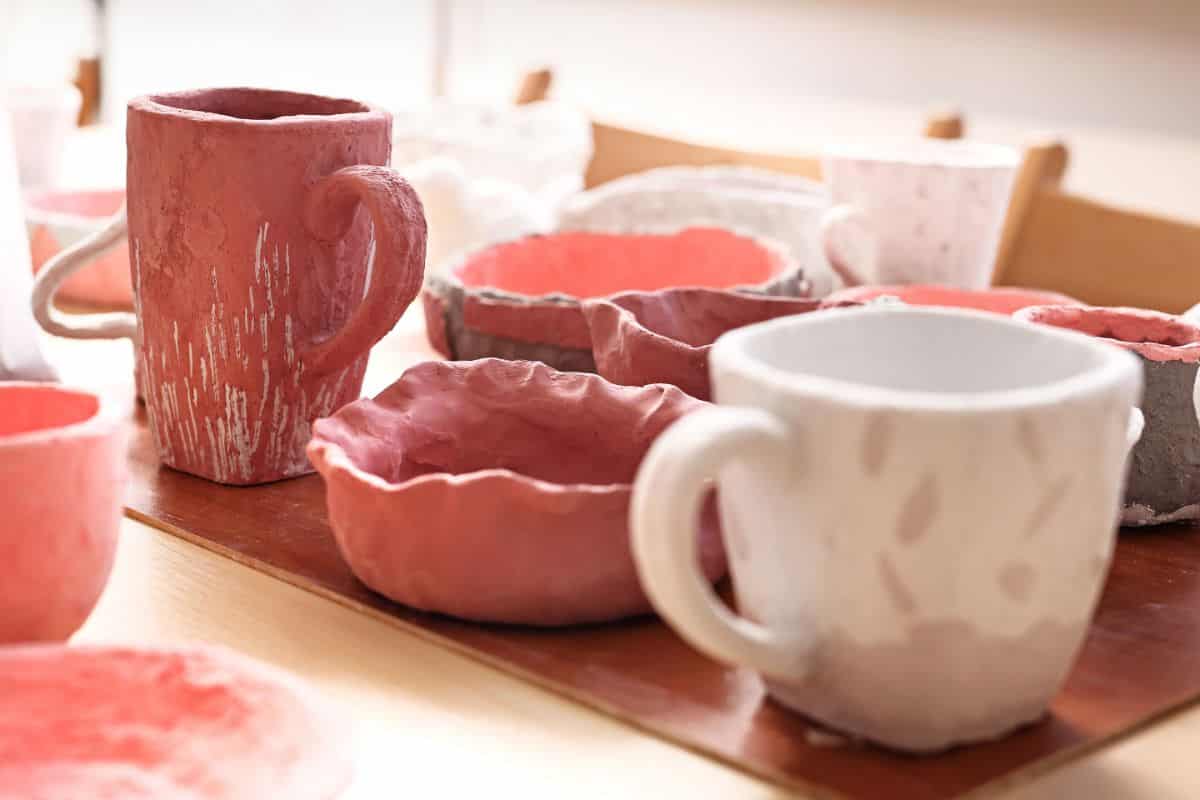Minerals are the primary component of life on this planet, and are essential to maintaining life.
All bodily activities, including the absorption of vitamins, lipids, proteins, and carbohydrates and also biochemical reactions, depend on the presence of minerals.
Everything from muscular contraction to hormone production benefits from minerals.
Clay is a naturally occurring source of all minerals that people use and eat for a wide range of uses.
The earliest humans utilised clay to treat minor illnesses like foodborne illnesses, muscle aches, infections, and mineral shortages going back to prehistoric eras.

Even spa and wellness treatments included clay.
Clays are still used for healthcare, medicines, and minerals in communities which have not stopped utilising nature.
And, of course, clay is the main ingredient in pottery projects to create a wide range of items.
But where exactly is clay found, and how is it processed to be used in the ways we know? This article will discuss where clay can be found, and how it is prepared for use.
But first, let’s look at what clay actually is and some of its most important uses.
What Is Clay?
Clays are delicate minerals made from weathered volcanic ash. Clay is a product of volcanic activity that has been exposed to physical and chemical environmental factors over time.
Depending on the source, clays have varying compositions and structures.
It is impossible to locate two similar clays, just as there are never two identical fingerprints. They originate from several sources, each of which has particular mineral compositions.
Clays are made up of microscopic particles that have a high water absorption capacity.
Because of this, many clays have enormous expansion potential when hydrated. Minerals and biological compounds, including metals, can be absorbed by clays.
In between clay layers and on the edges of its particles, an electric charge is produced.
Due to this, strong radioactive metals, free radicals, and other undesired byproducts of metabolic activity can bind to and be absorbed by clays.
Based on its place of origin, chemical makeup, and unique qualities, each form of clay has specific advantageous uses.
Additionally, clay has certain antimicrobial qualities.
Bacteria is encased in tiny particles that deprive it of food and oxygen. Clay is a natural antibacterial due to its characteristic.
Contemporary Uses For Clay
Clays have a rightful role in beauty and health regimens.
Clay slurries, which are frequently used in spas, are made by combining clay with water (geotherapy), seawater, salt lake water, mineral water, and maturing (pelotherapy), or incorporating paraffin (para- muds).
Depending on the part of the body to be treated, cataplasms, mud baths, or face masks can be used as an application method in geotherapy and pelotherapy.
The clay can also be either hot or cold.
Mud baths are often used in spas as well as for cosmetic treatments where the mud is administered by drenching a portion of the body (such as the hands, arms, or legs) or the entire body in a water-and-clay solution.
Bentonite Clays
Bentonite clay is a typical clay used in spa and aesthetic treatments as well as for skin issues.
In Fort Benton, Wyoming, close to Rock River, significant amounts of bentonite clay were found.
Bentonite clay, so named because of a geological formation there known as the Benton Shale, is created when volcanic ash ages and weathers when water is around.
When activated by water, bentonite, which has a significant negative electromagnetic charge, acts as a magnet both within and outside of our bodies, pulling metals and poisons to it.
It expands like a sponge when combined with water and can hold 40–50 times its weight in liquid.
Some varieties of bentonite clay bear the name of the element that makes up the majority of their composition.
The bentonite minerals sodium, calcium, aluminum, and potassium each have particular advantages. Today, a wide range of handmade skin care products include bentonite clay.
Some are turned into cosmetics like face and hair masks, handmade teeth powders and toothpastes for remineralization, baths to remove heavy metals from the body, lotions to relax the skin, antiperspirants, soap, and even makeup.
How Is Clay Discovered And Processed?
To be utilised in the production of pottery, clay must be extracted from the earth and treated.
The clay is frequently mined and transported to a processing facility by manufacturers. Individual potters occasionally strive for independence.
In areas where streams and rivers once flowed, the soil naturally produces good clay for pottery, which is composed of years’ worth of deposited mineral and biological material.
And although clay is delicate and rarely forms a single lump (particularly if you have never seen clay in its lump rock form), it is nonetheless a type of sedimentary rock.
Where Can Clay Be Found?
Clay particles float in bodies of water for a longer period of time than silt or sand particles since they’re the smallest soil particles.
Clay can create beds where water once stood still thanks to its propensity to remain suspended in flowing water and to sink slowly in calm water.
Because of this, the best places to locate clay are on the bottom of ponds, lakes, and seas as well as riverbeds and streams.
Even though these features date back millions of years, the clay will still be present where it had been left behind much after the water had dried up.
It often takes a lot of trekking, climbing, and searching to find clay, so get ready to spend some time outside and work out.
You might find it useful to use Google Earth or geology maps to explore suitable clay-hunting locations nearby.
You’ll need to bring shovels or a rock hammer for digging, as well as a bucket or zipper bag for carrying clay. It will be an expedition to try to find local clay in your area.
Clay Can Be Found In Alluvial Deposits
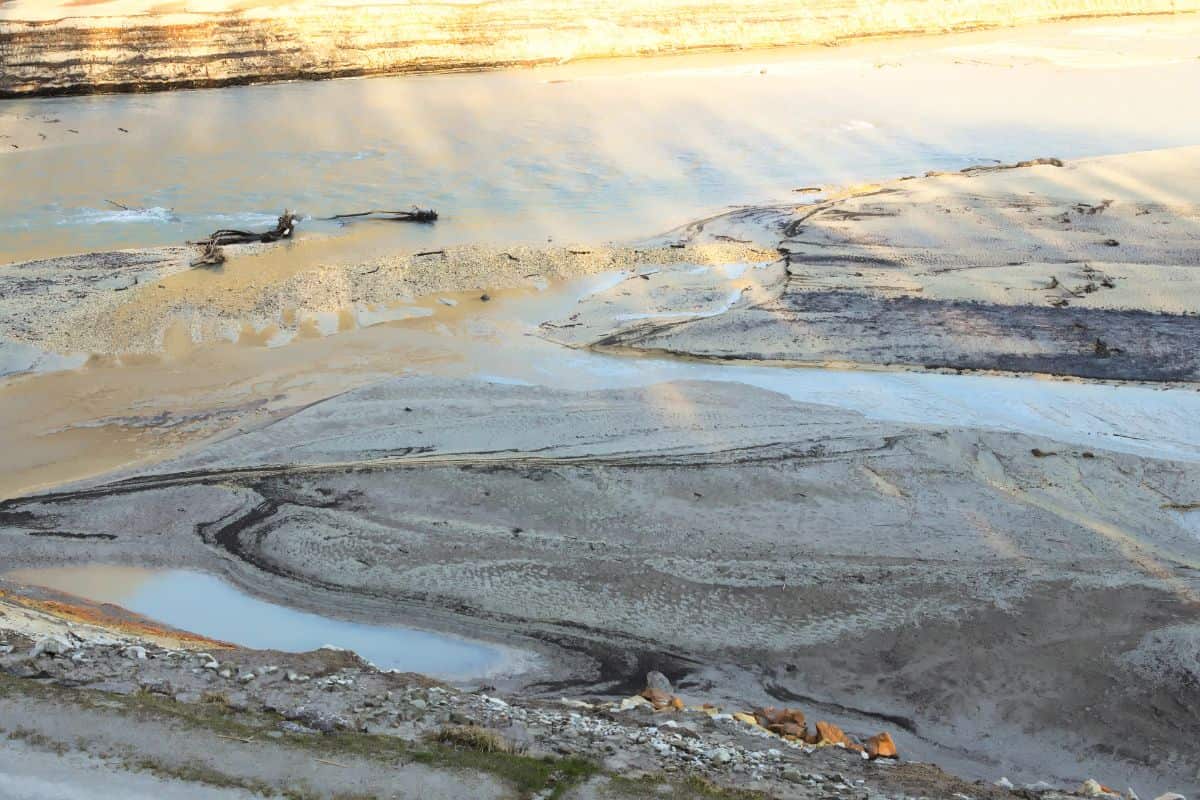
Alluvial deposits refer to clay that has been left behind by rivers or streams.
Because clay might have been accumulated by a river thousands of years ago, the clay formations do not necessarily need to be close to a river.
Still, if you’re looking for clay, start your search near a river.
The greatest place to check for clay is where the river has eaten through it since clay could be there at the top or many feet below.
Layers of prehistoric alluvial deposits can be found in areas like road cuts and where a river has carved a deep channel.
Sand, gravel, silt, and loam are all abundant in floodplains, so you may need to do a little investigating and testing to discover suitable clay.
Most of what you will discover in alluvial deposits is not clay at all. A good spot to seek for alluvial clay is along riverbanks.
Clay In Lacustrine And Marine Deposits
Seas and lakes, respectively, leave behind marine and lacustrine deposits.
Since you won’t be donning scuba gear to search for clay underwater, you’ll need to seek in areas that once had bodies of water because these formations could be almost anyplace.
Road cuts are among the finest sites to locate clays since they reveal layers of prehistoric ocean strata that could otherwise be covered behind soil or plants.
Some clays can be found in hills, while others can be found underneath the surface of lake beds.
Typically, marine and lacustrine deposits can be identified by layers of vibrant strata like those found in the Grand Canyon.
Not every sedimentary deposit is clay; many would be sand, gravel, limestone, or other kinds of marine and lacustrine deposits, just like any other sediment deposit.
Therefore, you must investigate and examine the various strata to determine which ones are clay.
Additional Clay Deposits
Primary clay deposits are a form of clay which is fairly widespread.
These clays are in the process of weathering away from their parent material, where stones are gradually transforming into clay.
Typically, these clays are combined with additional substances like sand and rocks.
Primary clays have not yet been subjected to the processes that create alluvial, marine, or lacustrine, suspending clay particles in water, cleanses, and concentrates clay, thus they may need more labour to make them usable.
Glacial clays will be the final type of clay we discuss. Even if there aren’t any glaciers wherever you live right now, they might have existed long ago during an ice age.
As glaciers travel across the bedrock, they erode the stones into tiny clay particles, producing clay. After the ice melts or recedes, the clay is left behind at the valley bottoms.
Alluvial, marine, and lacustrine are stratified, while glacial or primary clays are not. Both of these are frequently found at the soil’s top layer or slightly below it.
The regions in which the road surface is most slick and sticky are probably areas rich in clay, but sometimes they might be found by looking at automobile treads on a dirt road.
Clay may be present at the surface of dry earth if it has a cracked texture similar to that found at the bottom of dried mud puddles.
Preparing The Clay You Discover
Before you may utilise clay to create pottery, you must complete several more tasks. Native clays can be processed using either a dry procedure or a wet process.
- Dry process – The clay is completely dried out and then processed into a powder in the dry process.
Depending on the clay’s natural properties, the powder clay is next blended with 12 to 25 percent sand to create a “temper,” which will aid in the clay’s ability to dry without breaking.
- Wet process – The clay is placed in a pail and covered with water in the wet process. After several days, the clay is blended into a slurry and pushed through a filter to remove large chunks, rocks, and sticks.
If your clay has a lot of impurities, you might need to repeat this process numerous times using increasingly finer screens. The next step is to drain the extra water, allow the clay to settle, and then pour water off the top.
After that, pour the clay into a sack and let it air dry for a few days. To prevent your clay from splitting as it dries, add 12 to 25 percent sand when you have an usable consistency.
Final Thoughts
You now know how to locate clay soil and assess its suitability for your needs.
If you’re a novice, intermediate, or experienced potter looking for good quality clays from nearby to wherever you live, this article should be all you need.

